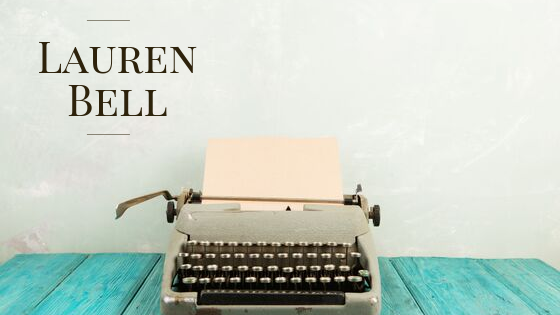Ooops, you did it again. You quoted a news story and later found out the information was false. It seemed convincing, and at the time you were certain that the source was credible. So, you pressed the share button! It’s you. You became Pinocchio!

As content consumers, we have been the victim of many false stories. For example: How many times has Betty White “died” in your lifetime? The poor lady is constantly battling rumors of her own death.
You aren’t the only victim of fake news. In 2017, Starbucks had to scramble to address the viral twitter hashtag #borderfreecoffee. Spreading at lightning speed, a hoax company announced that Starbucks would be hosting a “Dreamer Day” event where the company would be giving out free coffee to undocumented immigrants in the United States.
Starbucks attempted to address the rumor, but the fake news articles included unique components of the company’s digital brand, making the story more believable. The fake news spread at rapid speeds, leading to a Digital PR crisis.
View the story here. https://www.nbcnews.com/business/business-news/trolls-spread-hateful-fake-starbucks-coupon-n867501
Fake news stories have begun to plague our society. Although the stories are false, they place a genuine threat to traditional journalism.
Fake news stories disrupt conversations, misinform action takers, and destroy the beauty of free speech.
This makes you wonder; how do we keep exposing ourselves to fake news? I have a few theories.
1.) The rise of the internet has allowed the common man to become a journalist.
With the simple click of a button, a news story can be created, published, and disseminated to hundreds of people. This requires no fact-checking. Today there are websites dedicated to sharing gossip and outrageous stories. With the rise of these sites, it becomes difficult to sort through the muck to find the truth.
2.) Our memory fails us.
We are exposed to hundreds of messages and advertisements each time we open a social media application. You skim headlines, often failing to read the entire article. When a topic is brought up, your brain often recalls one of the last things you read. Our brains delight in something familiar. Therefore, we recall the headline, but fail to remember the bogus source.
3.) “Everyone is saying it, so it must be true!”
With numerous media outlets, social media channels, and users to share content, false stories can become viral within the hour. As you navigate Instagram, Facebook, and Twitter, you are exposed to the message multiple times. This allows your brain to find comfort, even in the most puzzling news story.

4.) You want the story to be true.
Let’s be honest. You’re hoping that President Trump really does get impeached or that Hillary Clinton gets arrested. The bias you hold can affect your ability to siphon out false stories. We, as humans, seek information that will defend or advance our beliefs. Our brains actually experience discomfort when we expose ourselves to content that contradicts the view we hold. This makes it challenging to correct false assumptions.
You can prevent yourself from falling victim to fake news by:
- Checking the source!
- Hearing the opposing argument.
- Looking for additional information.
- Checking your own bias!
It’s a jungle out there! Don’t fall into the fake news trap.
